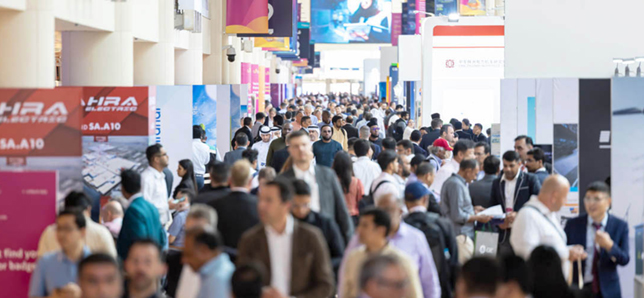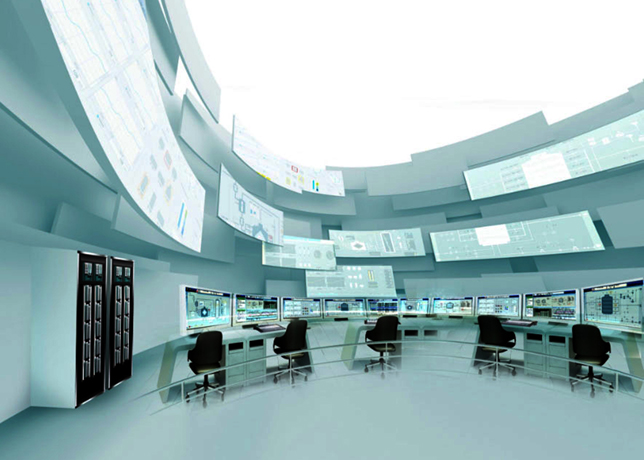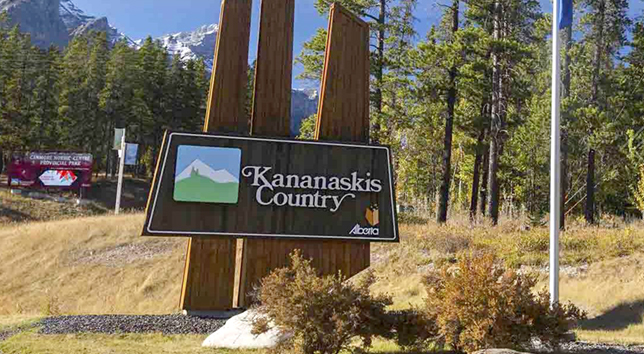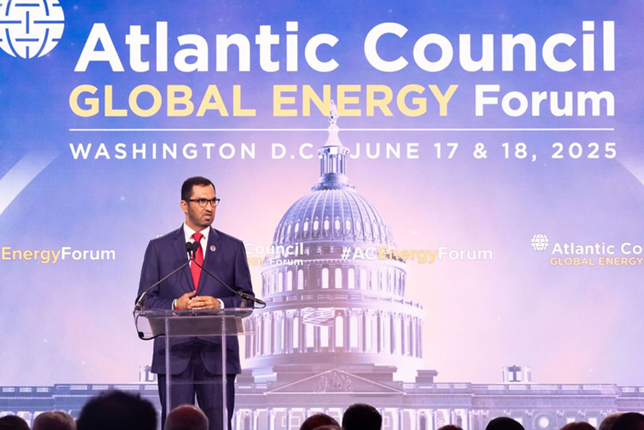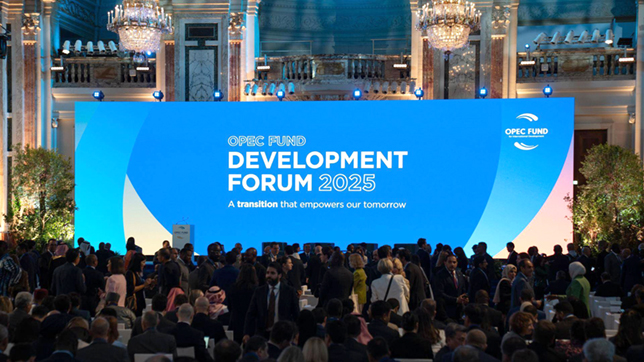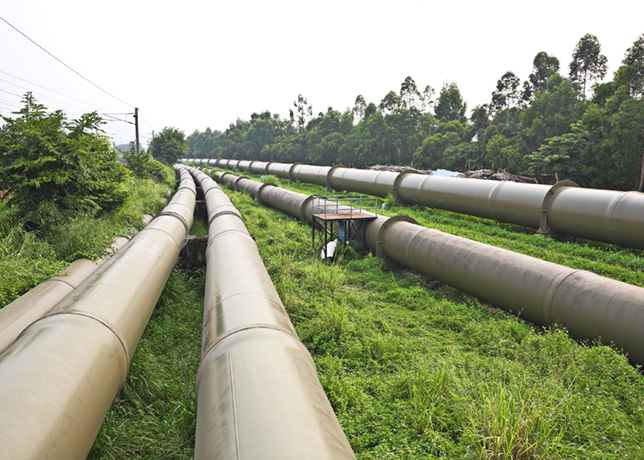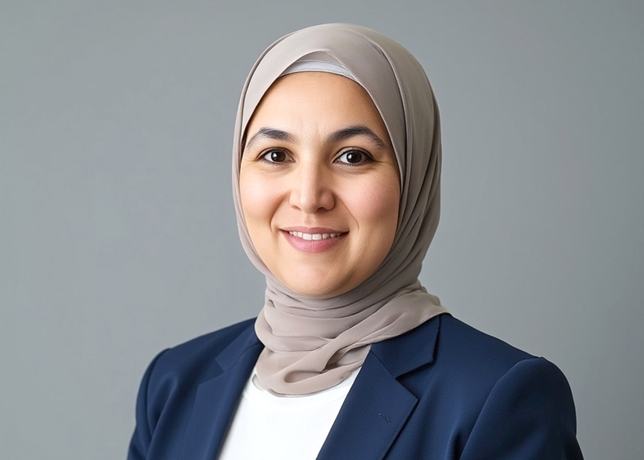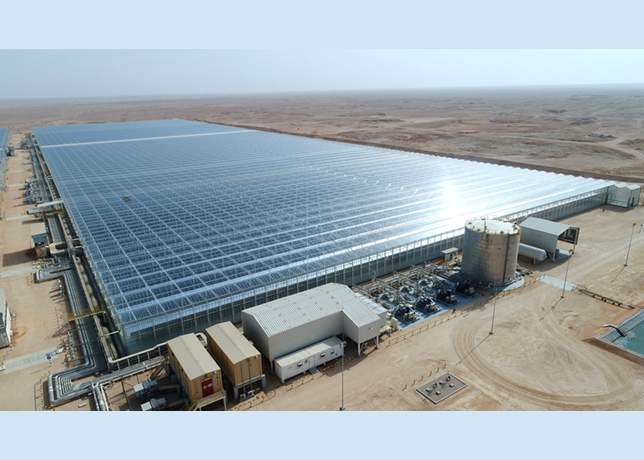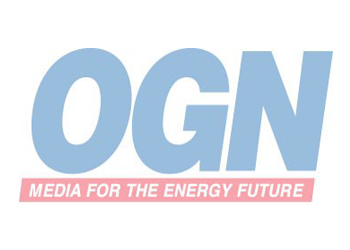

What is the ASSE?
The American Society of Safety Engineers (ASSE) was founded in 1911 and is the world's oldest and largest non-profit, professional safety organisation.
More than 30,000 of its members manage, supervise and consult on safety, health, and environmental issues in industry, insurance, government and education. The ASSE has 13 practice specialties, 150 chapters, 56 sections and 64 student sections.
What is the ASSE's vision?
The vision of ASSE is to be the premier organisation and resource for those engaged in the practice of protecting people, property and the environment, and to lead the profession globally.
What is the ASSE's mission?
The ASSE is a global association providing the professional development and representation for those engaged in the practice of safety, health and the environment and providing services to the private and public sectors to protect people, property and the environment.
What are the ASSE's goals?
The ASSE has the following goals:
• Establish, promote and recognise standards of professional practice; advocate positions on regulations and legislation.
• Enhance and promote the ASSE image as the leader in the profession.
• Establish and maintain an effective and efficient organisation for the achievement of the Society's mission.
• Gather, encourage and participate in development of the body of knowledge relevant to the profession.
• Develop and maintain mechanisms to recruit, retain and nurture the membership.
• Deliver the highest quality professional development opportunities to enhance competence and to position practitioners for success.
Why are there so many chapters and sections?
Chapters and sections have an important role as a key link between the Society and local safety professionals.
The ASSE strives to build a strong, unified local, national, and international voice for the safety profession through its chapters and sections. Bylaws of the ASSE charge the chapters and sections with conducting programmes that carry out
ASSE's purpose and objectives, allowing members to exert their influence in the everchanging safety, health and environmental industries.
Which ASSE chapter represents the Arabian Peninsula?
The American Society of Safety Engineers-Middle East Chapter (ASSE-MEC) represents Saudi Arabia, Kuwait, Bahrain, Qatar, the UAE and Oman. It was inaugurated on September 15, 1982 in Dhahran, Saudi Arabia.
The ASSE-MEC is the first chapter established outside the United States and its current membership is approximately 200 people.
How does the ASSE-MEC support safety professionals?
Technical meetings that define or discuss methods, procedures, systems, devices and/or standards toward the reduction, control or elimination of hazardous exposures to people, property of the environment, and which foster the technical, scientific, and managerial knowledge and skills of attendees are held throughout the year for the interchange and acquisition of professional knowledge among members.
When did the last meeting occur and what was discussed?
The ASSE-MEC organised a professional development symposium this past July in Bahrain. The symposium covered the following: "An Integrated Approach to Risk Based Decision Making", "Food Safety in Establishments", and "Leadership in Safety". Also, the chapter's officers for 2005-2006 were installed.
What events are planned for the future?
The ASSE-MEC is currently organising its Seventh Professional Development Conference and Exhibition (PDC&E), which is scheduled to be held with the theme "Advancing Safety in the Middle East" in Bahrain on March 18 through March 22, 2006.
What is the purpose of the PDC&E?
The PDC&E aims to achieve the following:
Present a forum to discuss the recent advances in the safety, health, environmental, and fire protection fields. Meet the experience, knowledge and networking needs of the safety, health, environment, and fire protection professionalism the Middle East.
Present a vision for and insight into the fixture of safety, health, environment and fire protection. Provide attendees, both experienced and/or new to the profession with an informative technical programme.
Offer an opportunity for marketing industry new and advanced products, services and activities appropriate for the region.
Who is sponsoring the PDC&E?
Saudi Aramco and Saudi Basic Industries Corporation (Sabic) are the official supporting organisations for this important and prestigious event.
Are there any other organisations supporting the PDC&E?
Yes, Bapco, DuPont, Advantica, 3M, PDO and Shell have expressed their support, in addition to many other companies that will attend the exhibition.
What sessions will be offered?
Conference sessions are still being planned and may include, but are not limited to the following topics:
• Asset Management/Protection
• Behavioural Safety
• Construction Safety
• Computer-Based Modeling
• Disaster Contingency Planning (industrial and public sector)
• Emergency Preparedness
• Fire Protection
• Hazardous Waste Management
• Industrial Hygiene
• Incident Investigation and Reporting
• Management Systems (Safety, Health, and Environmental)
• Occupational Health
• Proactive Performance Measurement (Safety, Health, and Environmental)
• Rescue
• Risk Management
• Security
• Standards and Regulations
• Training and Development
• Transportation Safety
Why should people attend the PDC&E?
This will be the industry's largest and most comprehensive forum on issues related to safety, health, the environment and fire protection for the oil, gas, petrochemical and other industries in the Middle East.
Along with the featured keynote presentations by distinguished speakers from the industry, a wide variety of educational sessions and a great exhibition will also be available.
Which areas will the dignitaries and presenters be representing?
There will be a very broad composition of people representing industry, government, academia and consultants at the PDC&E.
Who are some of the keynote speakers?
Over 80 applications to present have been received from a large number of countries, so the list of dignitaries is extensive, but some of the keynote speakers include:
• Gary Visscher, Board Member, of the United States Chemical Safety and Hazard Investigation Board.
• Dr Don Smith, Technical Director, of the International Association of Oil and Gas Producers.
• Dr Paul Davies, Director, of the United Kingdom Health and Safety Executive.
• David Morris, Chairman, of the National Examination Board in Occupational Safety and Health.
• Dr. Bernard Lery, Deputy General Manager, of the IFP.
• Dr Henk Witlox, Nic Cavanagh and John Baik, who are senior staff of DNV.
• Dr Mike Johnson, Senior Consultant, of Advantica.
• Dr Dominic Cooper, Professor, of Indiana University (USA).
In addition to the educational sessions, will there be other courses offered?
Yes, there are over a dozen professional development courses planned, which will be offered prior to the PDC&E and provide an opportunity for attendees to obtain unique education.
These will focus on specific topics and include the following subjects:
• Quantitative Risk Assessment Workshop
• Hazard Identification Course
• Implement HSE Management System
• Process Hazard Reviews
• Safety in Petrochemical Plants
• Gas Explosion Scenarios Representation
• Introduction to Building Risk Assessment - SHEPHERD
• Scaffold Training (two sessions)
• Business Benefits from QRA Techniques
• Introduction to Fire Investigation
• Designing Against Fire and Explosion
• Building Structure Response to Explosions
• Managing Change
• Incident Investigation
What is the schedule for the PDC&E?
A keynote session will be delivered each morning, followed by a series of concurrent sessions related to a specific theme/area of interest such as behavioral safety, emergency preparedness, fire protection, risk management, and transportation safety.
In addition, professional development courses will be offered before the PDC&E, as well as an exhibition during the PDC&E.











